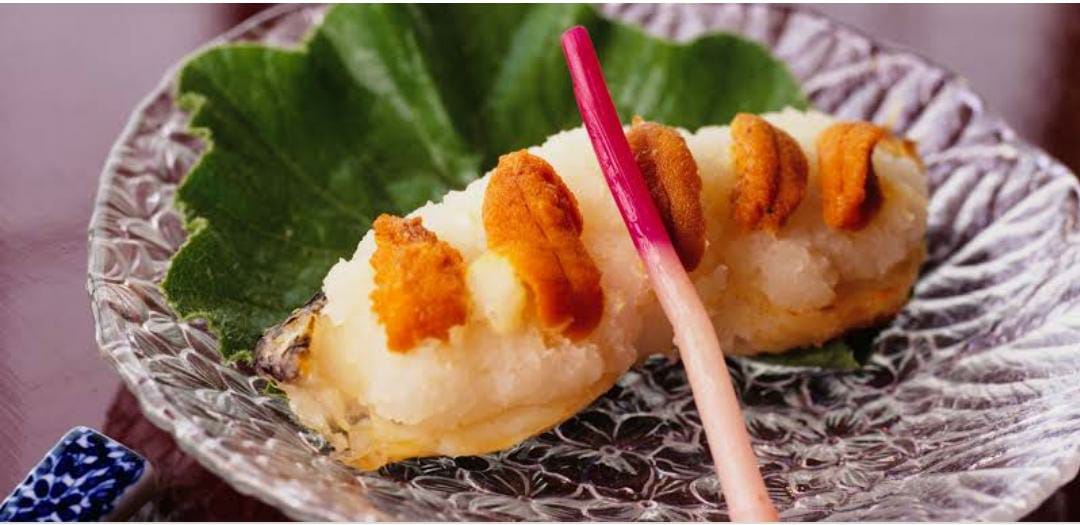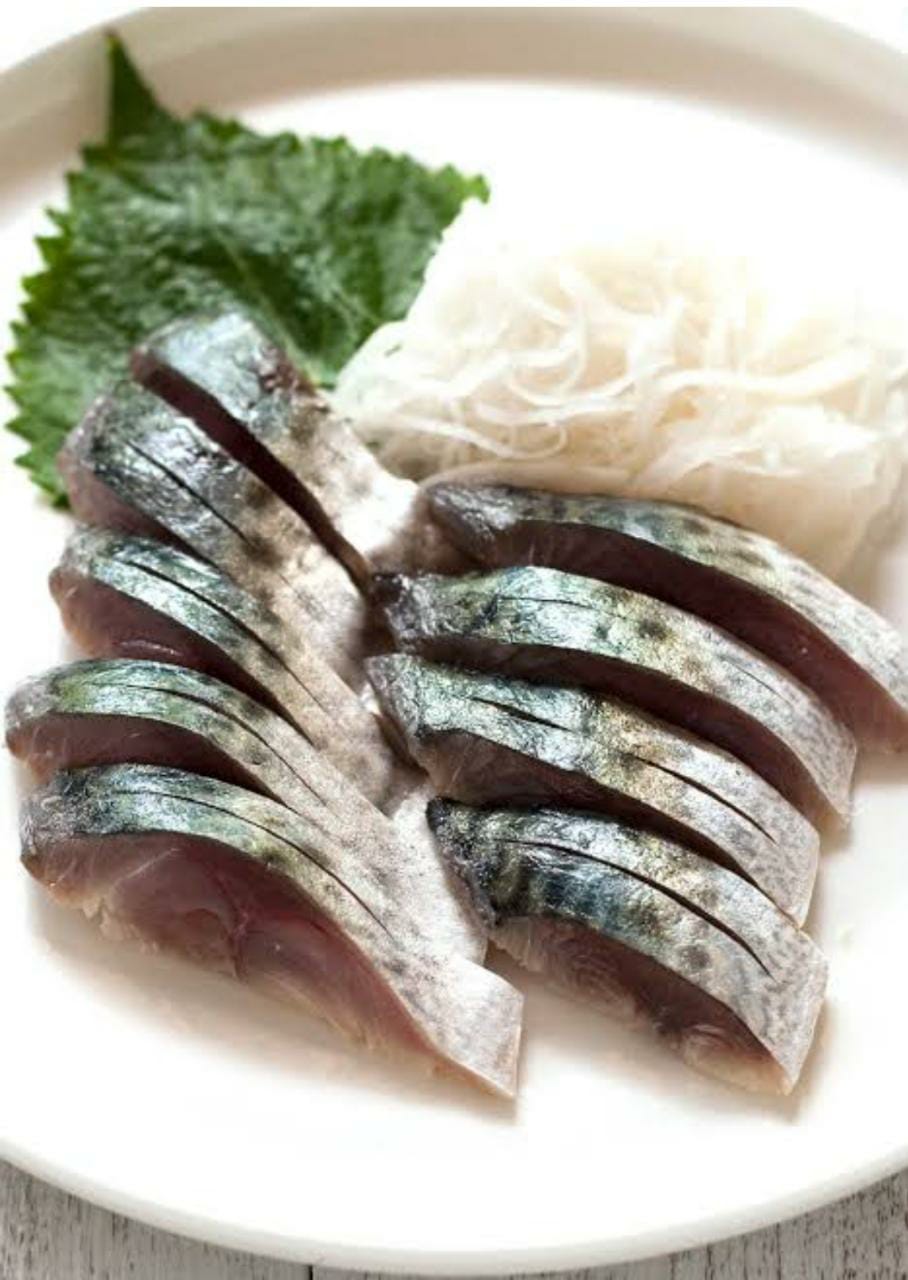The fatty belly of the tuna is regarded as the most decadently delicious component of the fish in Japan. Tuna belly is divided into three categories: toro, chutoro, and otoro, in order of fattiness.
Salmon is well-liked, as I already stated. It received nearly twice as many votes as the third-place finisher, was the top choice of participants aged 10 to 39, and received more votes from women than any other component, indicating that it could be on its way to becoming Japan’s overall favorite sushi in the near future.

Because sea urchin (uni) is one of the more expensive toppings on a sushi plate, it’s sometimes supplied with a few slices of cucumber for diners to use as a soy sauce transfer mechanism so they don’t spill any of the precious, treasured topping.

Squid (ika) is popular in Japan, despite the fact that many individuals raised on Western cuisine are afraid of it. It was the third-most-popular choice among respondents in their 20s, and it was also the third-most-popular choice among respondents in their 60s.

While aji’s name means “horse mackerel,” it has nothing to do with horses. Aji was the highest-ranking member of the hikarimono classification, which refers to sushi with silver-skinned fish as the rice topping. It was often served with grated ginger and green onion.

Shime saba (mackerel) is a step up from plain saba (mackerel) and is marinated in a salty vinegar marinade, which keeps it fresh and gives a distinct tang that’s especially refreshing on a hot summer day.

Keep reading IWMBUZZ.


